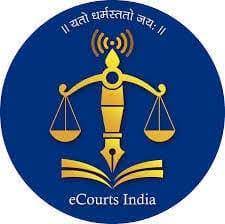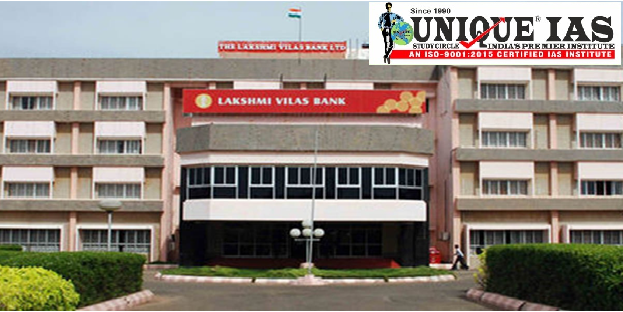E – COURTS & DIGITAL JUDICIARY
Why in News?:
The Government of Indiahas launched the e-Courts Integrated Mission Mode Project in the country for computerization of District and subordinate courts with the objective of improving access to justice using technology.
What is e-Courts Integrated Mission Mode Project?
As part of the National e-Governance Plan, the project is under implementation since 2007 for Information and Communications Technology (ICT) development of the Indian Judiciary
e-Courts project is being implemented in association with e-Committee Supreme Court of India and the Department of Justice.
Phases:
Phase I: It was implemented during 2011-2015.
Phase II: It was started in 2015 under which various District & Subordinate courts have been computerised.
What are the Initiatives Taken Under the Project?
Improvisation of Network: Under the Wide Area Network (WAN) Project, connectivity has been provided to 99.4% of total Court Complexes across India with an improved bandwidth speed.
Open-Source Software: Case Information Software (CIS) is based on Free and Open-Source Software (FOSS) which has been developed by National Informatics Centre (NIC).
NJDG Database: National Judicial Data Grid (NJDG) is a database of orders, judgments, and cases, created as an online platform under the eCourts Project.
Access to Case Status Information: Open Application Programming Interfaces (APIs) have been introduced in 2020 to allow Central and State Governments and institutional litigants including local bodies to access NJDG data to improve pendency monitoring and compliance.
Virtual Courts: 21 Virtual Courts in 17 States/UTs have been operationalized to handle traffic challan cases.
Video-Conferencing (VC): Video-conferencing (VC) facilities have also been enabled between court complexes and corresponding jails.
Regarding Summons: National Service and Tracking of Electronic Processes (NSTEP) has been launched for technology enabled process serving and issuing of summons.
User-friendly Portal: A new “Judgment Search” portal has been started with several user-friendly features. This facility is being provided free of cost to everyone.
Phase III of the e-Courts Project:
Draft Vision Document for e-Courts Project Phase III has been finalized and approved by eCommittee, Supreme Court of India.
It mentions a judicial system that is more affordable, accessible, cost-effective, predictable, reliable, and transparent for every individual who seeks justice or is part of the delivery of justice in India.
Use of emerging technologies like Artificial Intelligence (AI) and its subsets like Optical Character Recognition (OCR) etc for analysis of case pendency, forecasting future litigation, etc.






.jpg)
.jpg)
.jpg)




